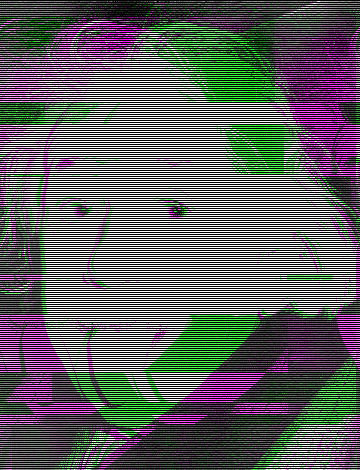revised scholarly post #2
Media archeology is a branch of media
theory focused on old and unused media devices (Hertz and Parikka,
“Zombie Media.” 425). It has been known for exploring
forgotten or obsolete media technologies in order to comprehend the new
technologies and technological trends in ways that are original and new.
Circuit bending, or the exploring and rewiring of discarded consumer
electronics outside of their original purpose, is a key portion in contemporary
art trends (Hertz and Parikka, “Zombie Media.” 426).
The exploration and manipulation of the circuits in discarded, older technology
found in circuit bending ultimately shares many of the same philosophical ideas
of media archeology.
The
process of circuit bending heavily relies on recycling and reusing obsolete
electronics, often found at a second-hand store or garage sale (Hertz and Parikka, “Zombie Media.” 427).
The artist who manipulates the circuits within the consumer electronics often “traverses through the hidden
content” within the electronic device for “the joy of entering its concealed
underlayer,” often breaking existing circuits without a clear endpoint in mind (Hertz
and Parikka, “Zombie Media.” 426). The result of circuit bending is a
creative rewiring of electronics primarily for the purpose of generating
something new, whether that is a unique sound or visual output. Reed Ghazala’s Incantor series,
highly customized children’s toys that emit sounds of stutters, loops, and
screams, is useful as a tool to highlight the use of obsolete technology (Hertz
and Parikka, “Zombie Media.” 426) His
work with the previously discarded toys relates directly to media archeology in
that it uses older technology to present ideas to be contemplated in
correlation with newer technology trends.
One
theory behind circuit bending is that the resultant art acts as a way of
exploring the inner workings of devices that have been discarded for the next,
better item of technology. The very methodology of circuit bending itself
“recall[s ] historical practices of reuse and serve[s] as a useful
counterpoint” to new and shiny digital technologies (Hertz and Parikka,
“Zombie Media.” 427). At its most basic, circuit bending
takes the old and creates something new, unique, and unexpected. This embraces
media archeology further as a form of art, one that not only addresses the past
but further articulates questions concerning living but dead media.
The
philosophy behind media archeology and circuit bending overlaps often. Media
archeology has previously been successful as a “methodology of lost ideas,
unusual machines, and re-emerging desires and discourses documents” (Hertz
and Parikka, “Zombie Media.” 427). It is focused more on the real
technological conditions of expressions than on the content of the media.
Circuit bending also explores what alterations can be done to technological
exponents in order to produce something novel. Furthermore, both media
archeology and circuit bending use concrete devices that allow for the
understanding of the nature of time and its fleeting nature in contemporary
electronic culture through the manipulation of irrelevant pieces of technology (Hertz
and Parikka, “Zombie Media.” 427). This overlap of both methodology and
philosophy allows circuit bending to be used as a means to fully understand
media archeology, and vice versa.
It
is important to note that there is a great challenge the work of circuit
bending. It “takes as its object a concrete opening of technologies” (Hertz
and Parikka, “Zombie Media.” 427). The inner workings and components of
consumer devices are increasingly more hidden as the devices become more
complex, and both circuit bending and media archeology must face this problem.
It may become increasingly difficult to explore, rewire, and manipulate the
circuits in newer technological items.
Consumer
technologies have moved into a phase in which most of the older models have
been replaced. Many items are considered “obsolete and in an 'archaeological
phase'” (Hertz and Parikka, “Zombie Media.” 429). The art that
results from circuit bending can be studied as an exploration of the history of
technology. The rebirth of older consumer items as circuit bending art pieces
will surely continue as technology sheds older pieces and turns over new ones
at such an fast pace.
Hertz, Garnet1, and Jussi2 Parikka. “Zombie Media: Circuit Bending Media Archaeology into an Art Method.” Leonardo 45, no. 5 (October 2012): 425–430.
Hertz and Parikka, “Zombie Media."
Bryan Stringfield
B


